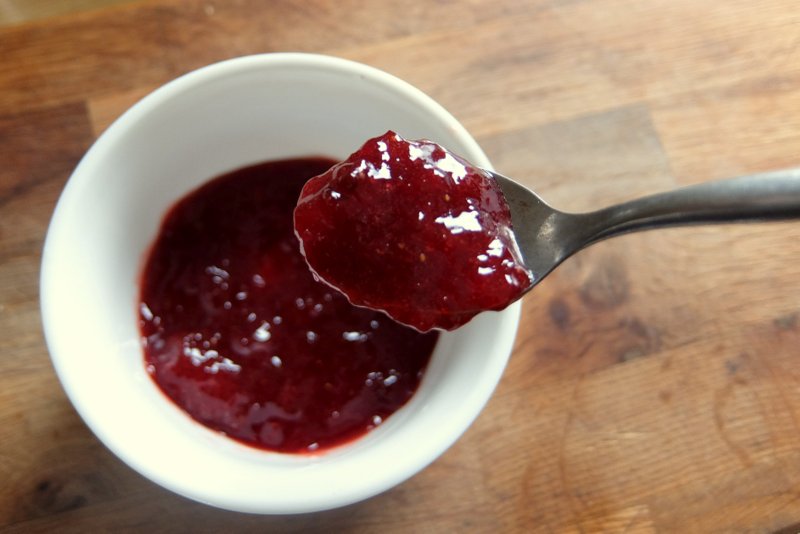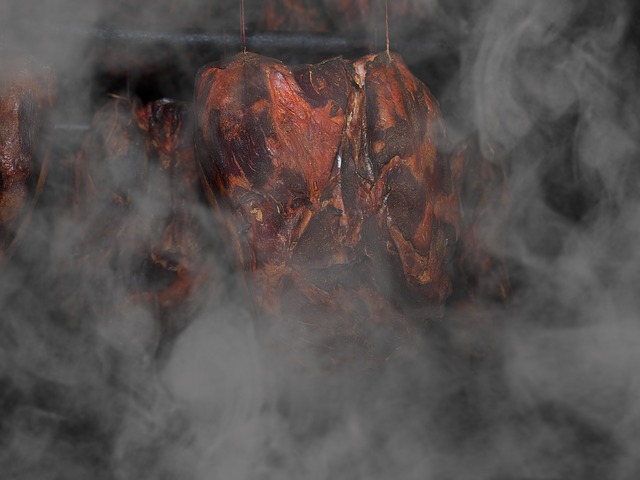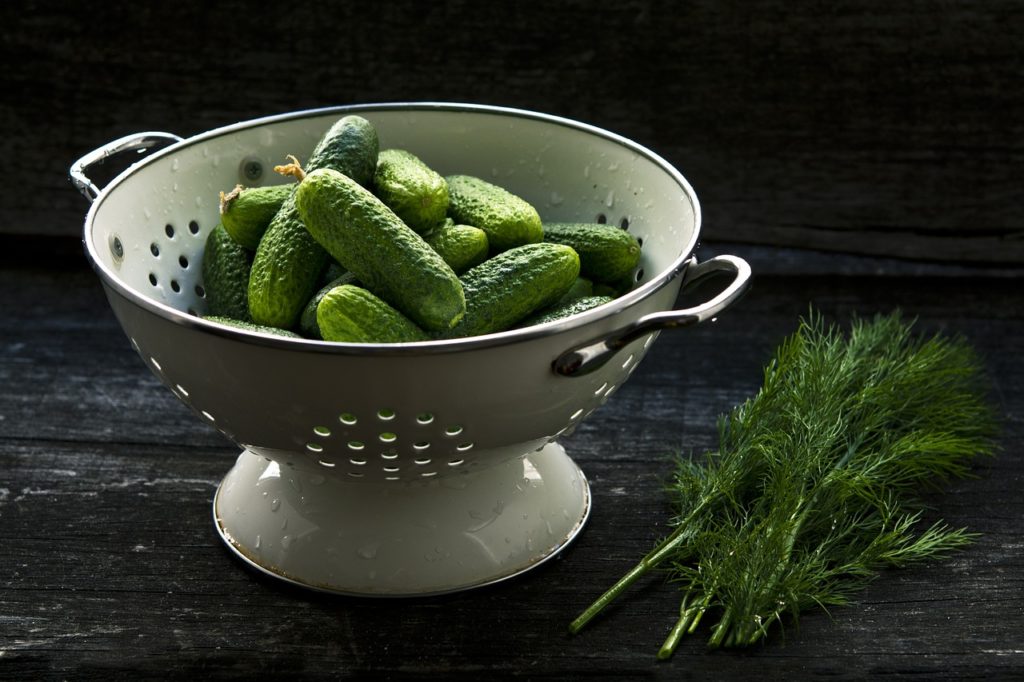Making jam doesn’t mean having to process a bucket full of fruit and making up and sealing loads of jars. For jams like this small batch strawberry jam, you can start off with a single punnet if you want. This strawberry jam recipe can be tailored to whatever quantity of fruit you have and takes no time at all to make.
I think strawberry jam is one of the jams that everyone wants to start out with because everyone loves strawberries, right? It is not the easiest fruit to make jam from, however, and this is to do with the pectin content of strawberries. Fortunately, even with this small batch strawberry jam, it is easy to get a firm set with the right know how.
Table of Contents
Strawberry Jam – Firm Or Soft?
You can make this strawberry jam with pectin or without but the version I am making here is made with jam sugar which has pectin added. The only difference between the two is that one will set firmer than the other.
The great thing about these small batch jams is that you aren’t processing hundreds of strawberries and you have the chance to experiment a little more as you will only be producing one or two jars of jam at a time. In no time at all, you will discover your own perfect batch of strawberry jam.
Do You Need Jam Sugar?
Strawberries have very little pectin. Pectin is required to firm up the texture of your jam. What usually happens if you have very little pectin on your jam is that it ends up more like a syrupy texture than a jelly like texture.
What we can do to combat this textural problem is add something with pectin in. The most efficient and most consistent option is to add jam sugar or gelling sugar if it is available. It is stocked in nearly every supermarket in the UK so this isn’t a problem for me. The good thing about jam sugar is it has a consistent amount of pectin added which means you’ll get almost the same result every time you use it. You can read more about jam sugar here.
Adding Lemon Juice Increases Pectin Content
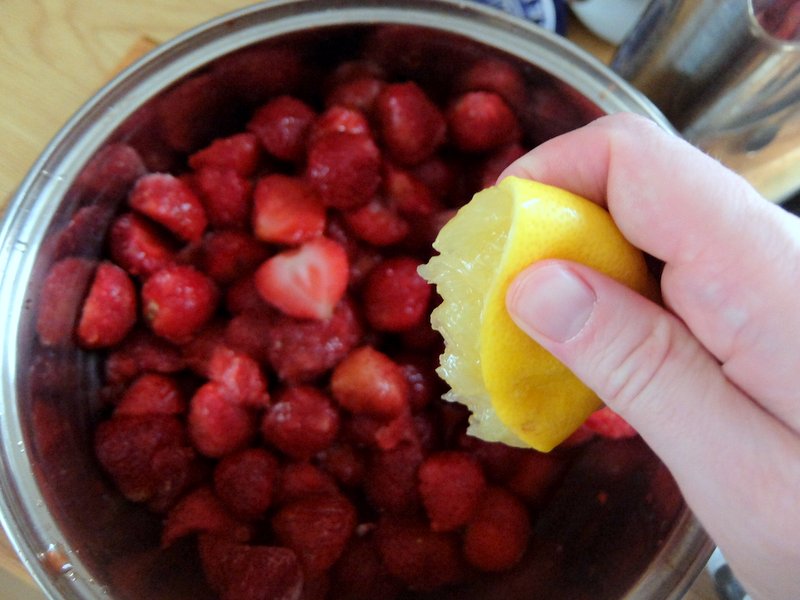
The other option is to add something that has a high quantity of pectin in, most commonly this is citrus fruits. The juice of a lemon increases the tartness and acidity as well as adds the all-important pectin. Acidity is also a key variable for getting the jam to set as it helps the pectin molecules bond together.
In basic terms, using jam sugar will ensure a firm set in a jam like strawberry jam which has little pectin.
Adding lemon juice will increase the amount of pectin and the acidity but won’t provide a firmer set. It will be better than not adding any, but still a little looser in texture.
If you are happy enough with a runnier texture to your jam then just using lemon juice is fine.
Hitting The Jam Set Point
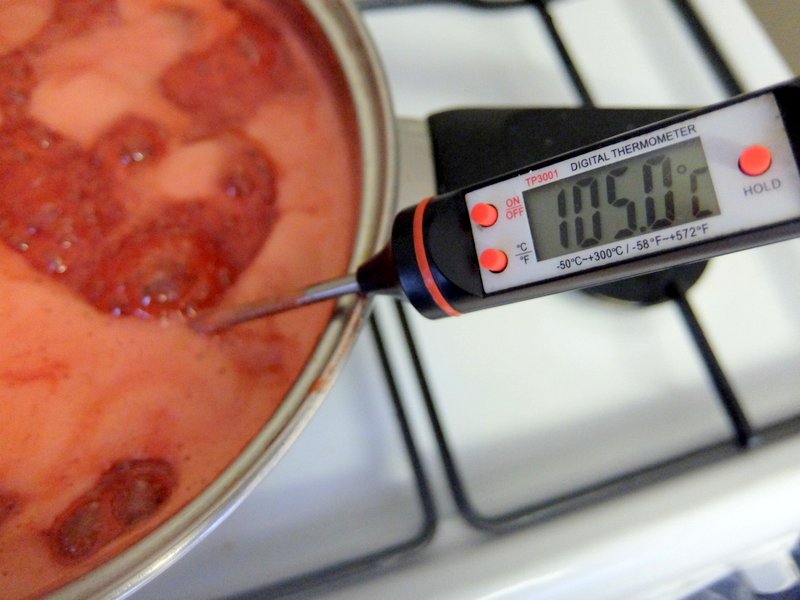
For a strawberry jam that is a bit finicky about setting in the first place, I would highly recommend using a sugar thermometer or a probe thermometer. This takes out all the guesswork of deciding when you have boiled the jam and ensures that you have removed enough water from the jam, meaning it will keep longer and will set better.
Small Batch Strawberry Jam Recipe
To make this recipe work is simple, you can make this jam with a single punnet of strawberries or a whole bucket load should you wish. All you need to do is take the weight of your strawberries and then use the same weight of sugar.
Ingredients
- 1kg Strawberries (adjust to your quantity)
- 1kg Jam Sugar (adjust to the weight of strawberries)
- Juice of 1 whole lemon.
Method
1. Prepare the strawberries by washing them under cold running water, removing any green parts and cutting them in half.
2. Put in a preserving pan or a pan large enough for the quantity of jam you are making, along with the lemon juice and heat gently until the fruit starts breaking down.
3. After a few minutes of gently heating the strawberries, they should begin releasing some of their juices. Start to add the sugar with the heat still low, stirring everything together to prevent scorching.
4. Once all the sugar has dissolved and the liquid is clear bring the jam to a steady rolling boil. You will need to boil the strawberry jam until it reaches the setting point. This could be anywhere between 7 – 10 minutes or slightly longer depending on the water content of the fruit and the boil.
5. Use a jam thermometer to keep an eye on progress, once it reaches 105c (220F) then you will know the jam will be good to package. If you haven’t got a thermometer then use the wrinkle test which is explained here.
6. Once you have hit the set point for the jam turn off the heat and allow to cool for 5 or ten minutes, pour into sterilised jars and seal. The jam will be good to eat straight away or if kept sealed for months if not years into the future.
